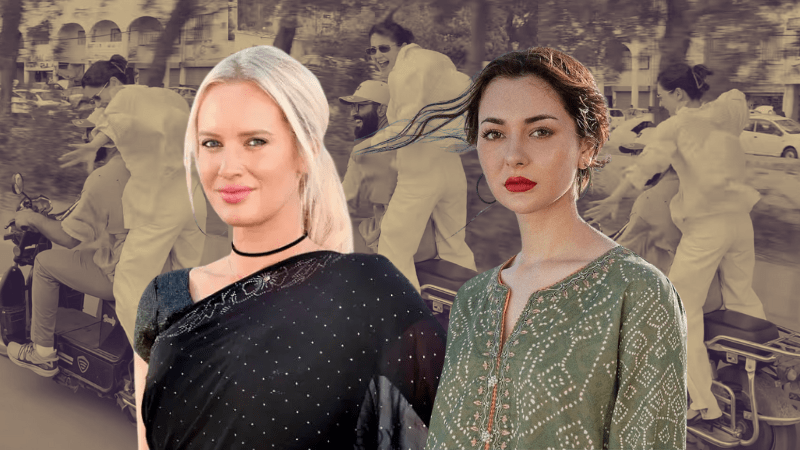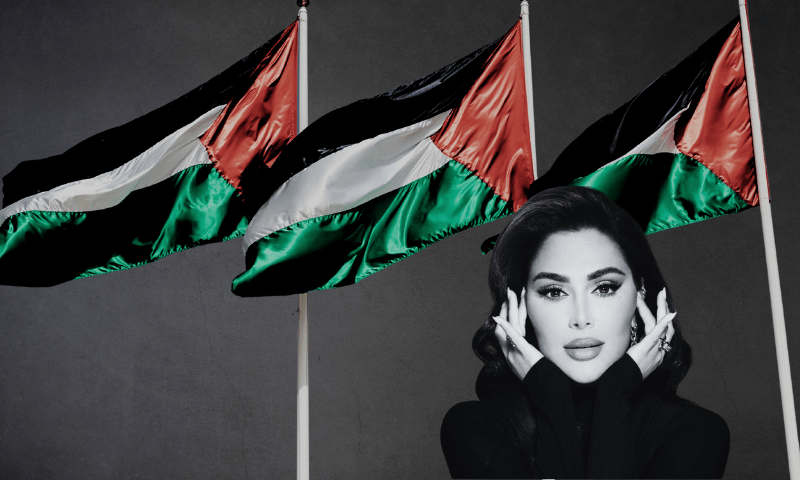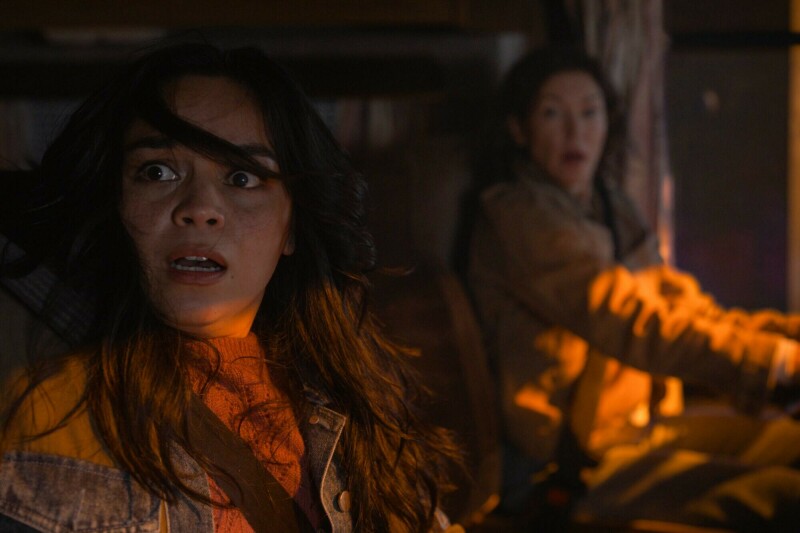In Islamabad, six artists explore how our hyper-visual world affects us
Satrang Gallery on Thursday presented ‘Fragmented Epiphanies’, a collection of the works of six celebrated young artists: Inaam Zafar, Mohsin Shafi, Rabeya Jalil, Saba Khan, Sehr Jalil and Shameen Arshad. All six artists are exhibiting internationally and their work is inspired, unusual and original.
The artists created works inspired by the visual stimuli encountered through their readings, interests and daily lives. They incorporated text-based visuals into their work to express their responses to scenarios impacting their worlds.
Asma Rashid Khan, the founder and director at Satrang Gallery, said: “This show appropriately coincides with the Islamabad Literature Festival and is in keeping with the new literary trend of art serving the purpose of ideas that influence our thinking, our trends and bringing about the societal change we need.”
Zahra Khan’s curatorial perspective was based upon text-based visual stimuli that have an impact on the human subconscious, and the subtle ways in which they manifest themselves. The curator was looking for artists who are fluid with their thoughts and practices.
Ms Khan said: “In today’s rapidly paced, nuanced world, our minds are bombarded with continuous images, lights, texts and associations which our brains process and connect at lightning speeds. This information, some of which is fractured, is absorbed and stored; it is regurgitated or accessed whenever necessary.
“This exhibition seeks to present the impact of these visual stimuli, particularly those that are text-based, on the human subconscious and the subtle way in which they manifest themselves through creative outlets.”
Mohsin Shafi and Rabeya Jalil have worked with multiple mediums. Utilizing found materials, images and writings both artists created unique and dynamic pieces which explore identities.
Mr Shafi said: “We are using text more than we have ever used it before, and I used old photographs, ideas and fragments to create my pictures.”
Some of the exhibited works are humorous, like those of Sehr Jalil, which are reminiscent of fragments of conversations or ideas – partly overhead and partly ignored. Shameen Arshad, conversely, has focused entirely on texts and words.
Ms Jalil calls herself an existentialist whose inspiration comes from everyday bursts.
Ms Arshad has played with text in large monochromatic pieces and said: “My aim is to break down words in such a way so that a person has to struggle to read an entire statement.”
Inaam Zafar and Saba Khan both deal with ecological and environmental issues that are rapidly becoming increasingly problematic partly due to sprawling developments, but largely due to neglect and disinterest.
Mr Zafar said: “The referential stimuli for my work are the allegories, the notes, and the acquaintances, observed and learnt from different places at different times. Art does not bring change right away but it affects perspectives and with time changes attitudes and preferences.”
Saba Khan said: “The past decade has seen rapid urban development in the city of Lahore and as it sprawls it eats up previous landmarks, trees and name of places that once resonated within the pluralistic land of South Asia.
“The city is adamant on providing dream homes to the middle and upper classes, mushrooming miniature American McMansions with Punjabi baroque sensibilities are the norm which I have depicted.”
Published in Dawn, April 15th, 2016













